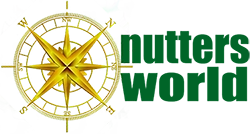Titbits and News from the Mare Nostrum
Kach Kouch: North Africa's Bronze Age & Iberian Links
Kach Kouch is Morocco's earliest Bronze Age site (2200-600 BC). Archaeological finds have revealed previously unknown connections and cross-Strait cultural exchange with the Iberian Peninsula, challenging previous narratives of ancient North African history. Explore the Kach Kouch archaeological discoveries and their significance for understanding Mediterranean Bronze Age trade routes.
By Nick Nutter on 2025-06-30 | Last Updated 2025-07-1 | Titbits and News from the Mare Nostrum
This article has been visited 2,207 times

Kach Kouch archeaological site
Kach Kouch: Rewriting the Bronze Age Narrative of North Africa and its Iberian Connections
Kach Kouch is an archaeological site located in northwestern Morocco, specifically in the Oued Laou Valley. More precisely, it sits atop a limestone outcrop known as Dhar Moudden hill, at an elevation of approximately 60 meters above sea level. It is situated about 10 kilometres inland from the present-day Mediterranean coastline.
Geographically, it lies on the Mediterranean flank of the Strait of Gibraltar, making its strategic position near this vital maritime corridor highly significant.
The site overlooks the lower Oued Laou Valley, and its position at the head of what could have been a paleo-estuary suggests direct maritime access in ancient times.
This precise location, controlling access from the sea to the inner valleys of the western Rif mountains, highlights its importance in ancient trade and communication networks.
Do you enjoy my articles? For your reading pleasure, this website does not carry third party ads. You could help me write more articles by buying me a cup of coffee.
Why Kach Kouch Matters
The recent archaeological discoveries at Kach Kouch are fundamentally reshaping our understanding of the Bronze Age in North Africa, challenging long-held assumptions of the region as a "terra nullius" before the arrival of the Phoenicians. Crucially, this groundbreaking site reveals continuous links to the Iberian Peninsula, highlighting a vibrant and interconnected ancient world in the western Mediterranean.
For decades, the narrative of the Bronze Age Mediterranean focused primarily on the flourishing societies of Europe and the Eastern Mediterranean. The Maghreb, despite its geographical proximity to Iberia, was often relegated to the sidelines of this historical picture, with evidence for sustained Bronze Age settlement largely lacking. Kach Kouch, however, is changing this dramatically.
Challenging the Vacuum: Pre-Phoenician Life in the Maghreb
Excavations led by a team including researchers from the University of Barcelona have unveiled a human occupation sequence at Kach Kouch dating from approximately 2200 to 600 BC. This makes it the earliest known Bronze Age site of its kind in Mediterranean Africa, outside of Egypt.
The Chronology of Kach Kouch Occupation
The earliest phase of occupation, from 2200 to 2000 BC, though sparsely represented, is particularly significant as it suggests an initial presence contemporary with the Copper/Bronze Age transition in neighbouring Iberia. This initial contemporaneity underscores the early and inherent connection across the Strait of Gibraltar.
The most substantial evidence comes from the second phase (1300 - 900 BC), revealing a stable agricultural community at Kach Kouch. Here, the inhabitants lived in wattle-and-daub structures, cultivated cereals like barley and wheat, and raised livestock. This period unequivocally demonstrates a settled agricultural lifestyle pre-dating Phoenician arrival, dismantling the notion of an uninhabited land.
The third phase from 900 to 600 BC shows increased contact with the eastern Mediterranean through contact with the Phoenicians.
The Strait of Gibraltar: An Ancient Bridge of Exchange
The links to the Iberian Peninsula are not merely theoretical due to geographic proximity; they are evident in the archaeological record and supported by historical context. The Strait of Gibraltar has long been recognized as a vital corridor for exchange.
Throughout the Neolithic and Copper Age, the movement of livestock, objects, technologies, cultural ideas, and even people across the Strait suggests sustained contact.
Shared Cultures: Parallels with Iberian Bell Beaker and Funerary Practices
In Iberian terms, the early occupation at Kach Kouch aligns with the middle to later Neolithic and the Copper Age, a period on the Iberian Peninsula characterized by the emergence of large-scale settlements, new social structures, and long-distance exchange networks. The discovery of Bell Beaker period finds in the Gharb region, a large, fertile coastal lowland plain further to the south and west of Kack Kouch, bordered by the Atlantic Ocean. of Morocco further reinforces these early connections, as the Bell Beaker phenomenon is well-documented and widespread across the Iberian Peninsula during the Copper and early Bronze Ages.
Moreover, archaeological parallels have been drawn between early Bronze Age cist cemeteries around Tangier and those in southern Iberia, pointing to shared funerary practices and cultural influences.
Kach Kouch and the Phoenicians
Evidence from the archaeological site of Kach Kouch in Morocco indicates contact with Phoenicians after 900 BC, specifically during its third occupation phase, which spans from 800 to 600 BC.
Here's the evidence:
Cultural Innovations: During this period, the inhabitants of Kach Kouch incorporated cultural innovations from the eastern Mediterranean, which are attributed to interactions with Phoenician communities.
Wheel-Thrown Pottery: The introduction of wheel-thrown ceramics, such as amphorae (storage jugs) and plates, is a clear sign of Phoenician influence, as local pottery was previously handmade.
Iron Tools: The appearance of iron tools also points to new technologies brought in through these interactions.
Architectural Adaptations: While traditional wattle-and-daub houses continued to be built, they began to incorporate stone foundations (plinth), a characteristic of Phoenician architecture. This suggests a "hybridization" of local and Phoenician building techniques.
New Crops: The cultivation of new crops like grapes and olives also emerged during this phase, likely introduced through Phoenician contact.
The site was peacefully abandoned around 600 BC, possibly due to social and economic changes, with inhabitants potentially moving to other newly established coastal settlements, including Phoenician cities like Carthage.
Local Agency, Global Connections: Kach Kouch in the Wider Mediterranean
Kach Kouch, with its definitive evidence of a settled Bronze Age community, reveals that the Maghreb was not a passive recipient of external influences but an active participant in the broader Mediterranean and Atlantic exchange networks. The site underscores the agency of local communities in shaping their own social, cultural, and economic dynamics. While later phases at Kach Kouch show the integration of Eastern Mediterranean cultural innovations, such as wheel-thrown pottery and iron tools, this was not a replacement of local traditions but rather a dynamic fusion, illustrating the community's adaptability and engagement with wider networks.
Conclusion: Kach Kouch and the Reimagining of Bronze Age Interconnections
In conclusion, Kach Kouch is a pivotal site that reclaims the rich Bronze Age history of northwestern Africa. Its compelling evidence for stable settlements, farming economies, and distinctive cultural practices, particularly its demonstrable links to the Iberian Peninsula, demands a re-evaluation of established historical narratives. The findings from Kach Kouch compel us to envision a more interconnected and dynamic ancient Mediterranean, where the shores of Africa and Iberia were in constant, vital communication throughout the Bronze Age and beyond.
Do you enjoy my articles? For your reading pleasure, this website does not carry third party ads. You could help me write more articles by buying me a cup of coffee.
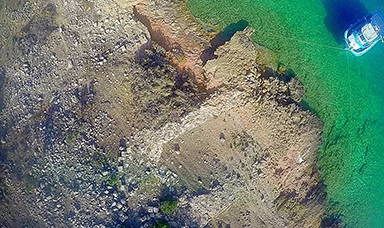 Dana Island, oldest ancient shipyard
Dana Island, oldest ancient shipyard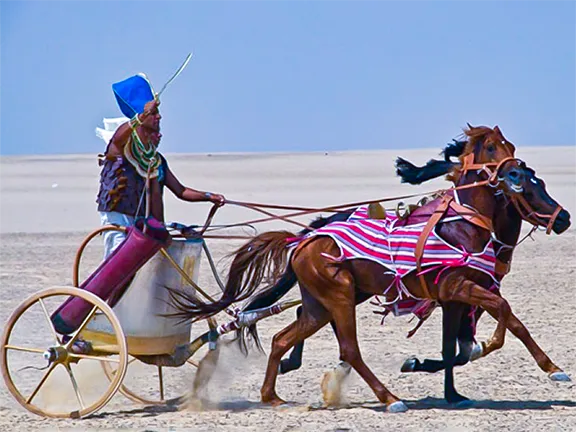 A Bronze Age Courier Service
A Bronze Age Courier Service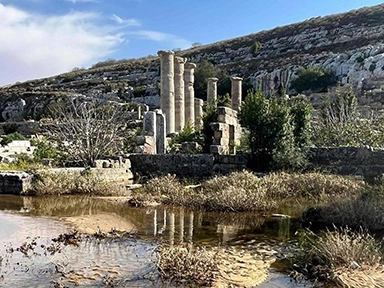 Cyrene's Lost Treasures
Cyrene's Lost Treasures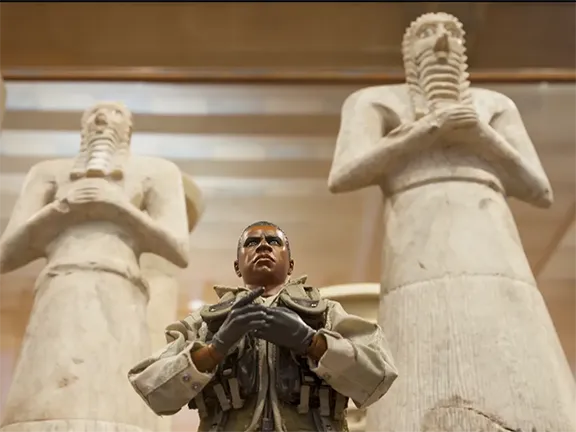 The Invisible Enemy
The Invisible Enemy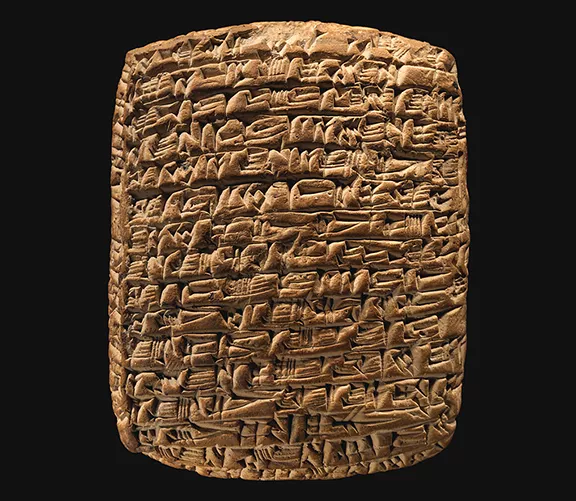 The World's First Company
The World's First Company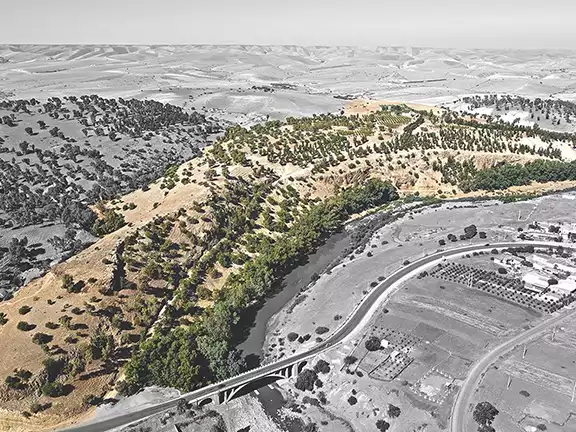 The Copper Age Site of Oued Beht
The Copper Age Site of Oued Beht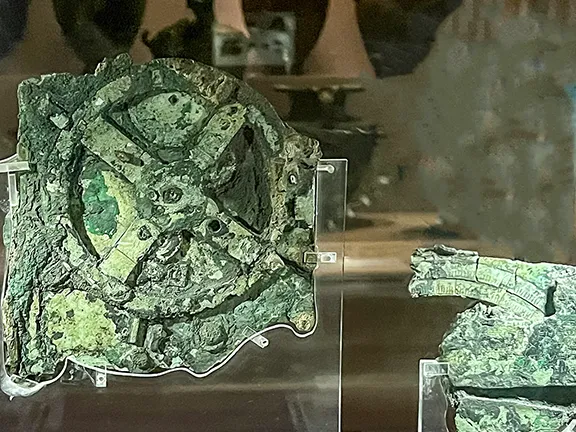 How the Antikythera Mechanism Works
How the Antikythera Mechanism Works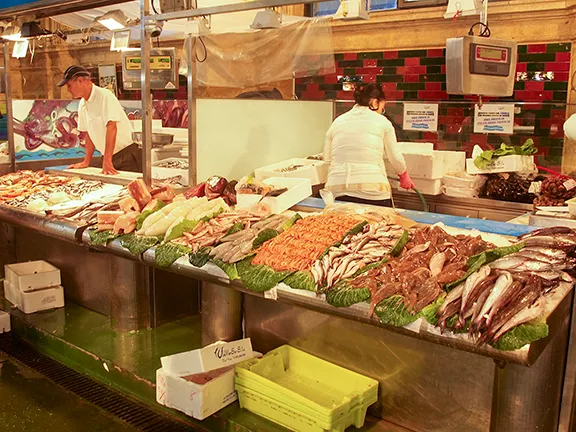 Mediterranean Diet Evolution
Mediterranean Diet Evolution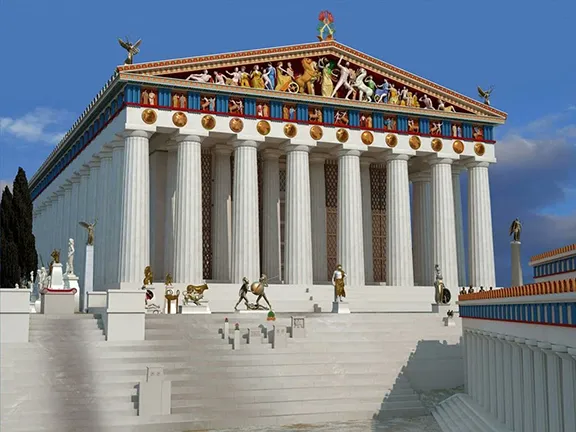 Hidden Colours of Ancient Statues
Hidden Colours of Ancient Statues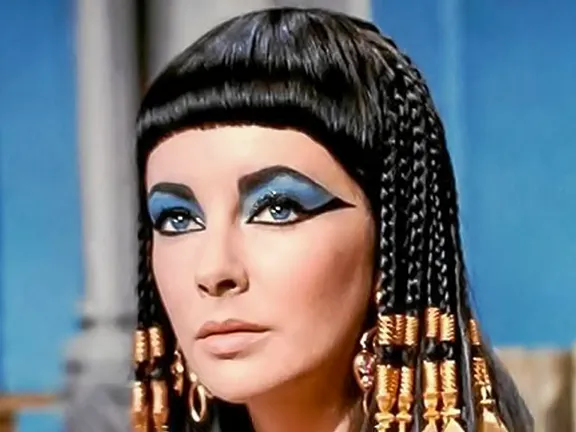 Cleopatra: Egypt's Last Pharaoh
Cleopatra: Egypt's Last Pharaoh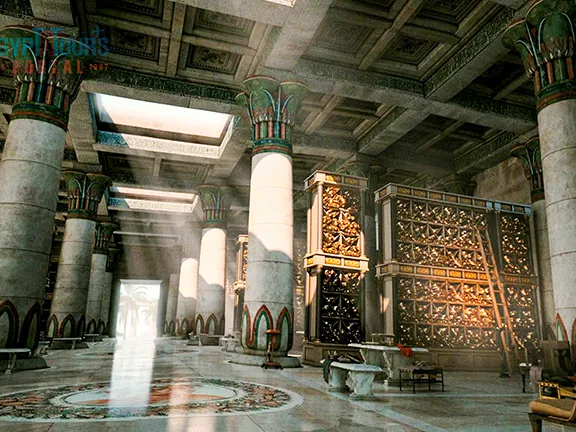 Alexandria Library's True Fate
Alexandria Library's True Fate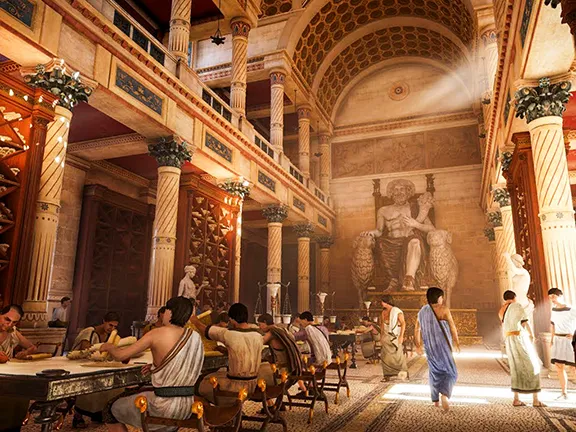 Six Great Ancient Libraries
Six Great Ancient Libraries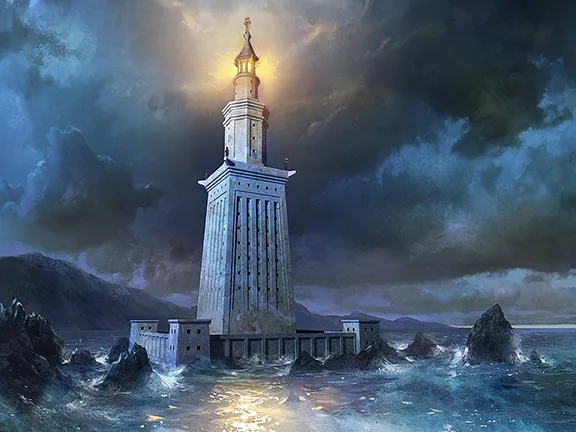 Ancient Greek Technology
Ancient Greek Technology Broadening Horizons
Broadening Horizons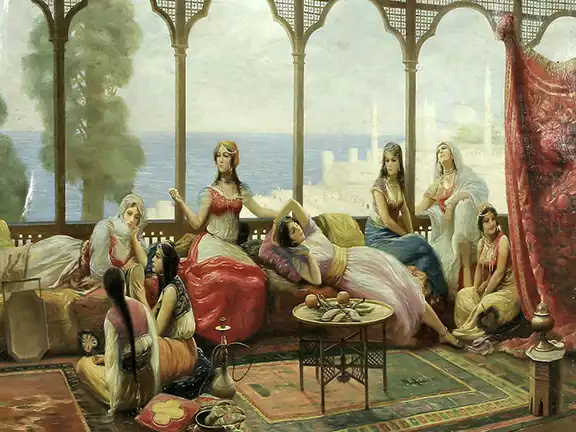 The Nadītu Investors of Sippar
The Nadītu Investors of Sippar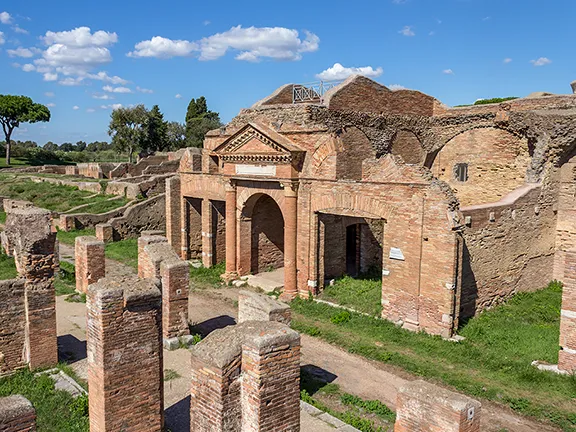 New light on Hadrian
New light on Hadrian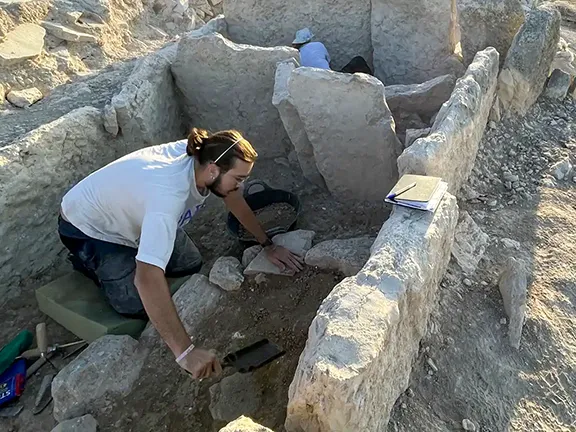 The Dolmens of La Lentejuela Teba
The Dolmens of La Lentejuela Teba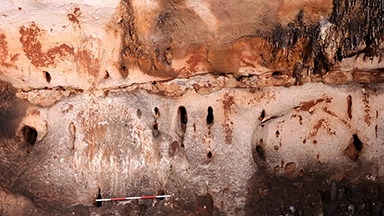 New Cave Art Discovery in Valencia region
New Cave Art Discovery in Valencia region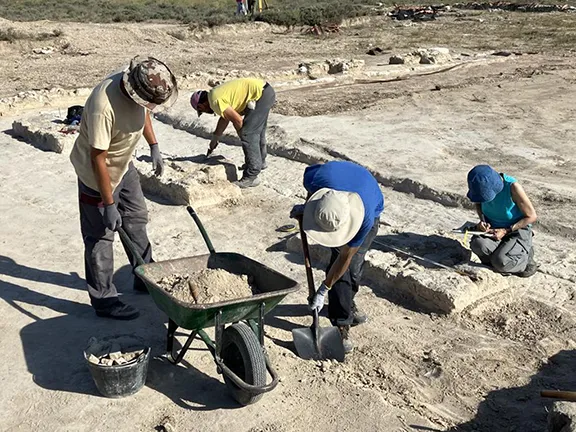 La Cabaneta Oldest Roman Forum in Iberian Peninsula
La Cabaneta Oldest Roman Forum in Iberian Peninsula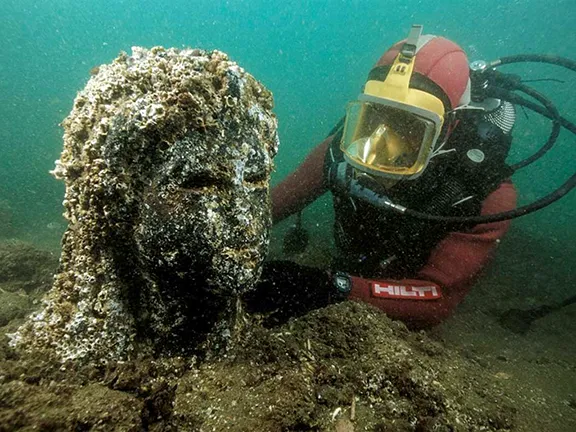 New Discoveries at Ancient Sunken City of Thonis-Heracleion
New Discoveries at Ancient Sunken City of Thonis-Heracleion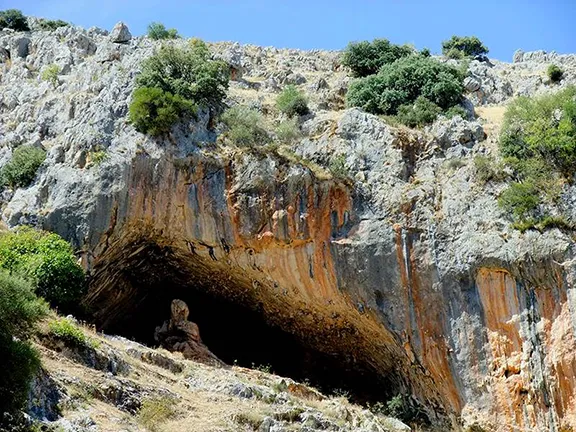 Europe's Oldest Shoes Found: 6,000-Year-Old Sandals Woven from Grass
Europe's Oldest Shoes Found: 6,000-Year-Old Sandals Woven from Grass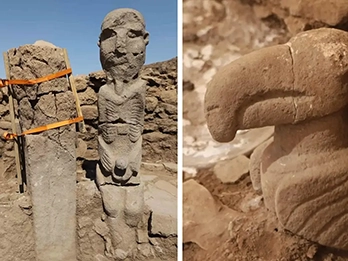 Discoveries at Gobekli Tepe and Karahan
Discoveries at Gobekli Tepe and Karahan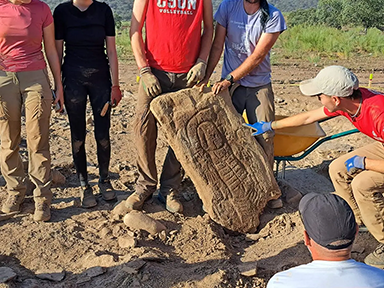 Decorated Stelae found in Canaveral de Leon, Spain
Decorated Stelae found in Canaveral de Leon, Spain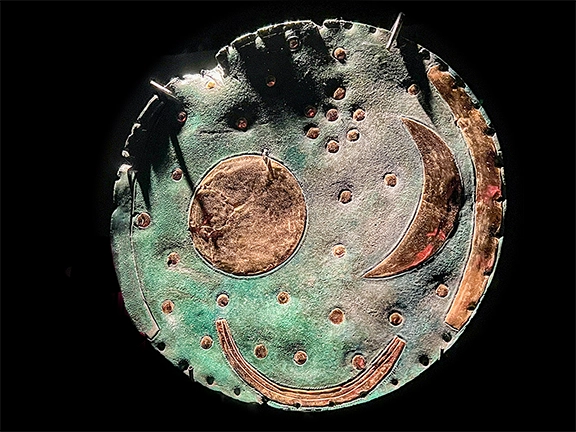 The Nebra Sky Disc: A Bronze Age Calendar
The Nebra Sky Disc: A Bronze Age Calendar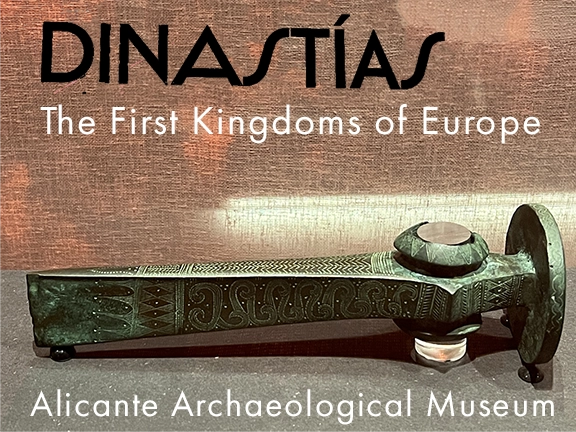 New Exhibition at the Archaeological Museum in Alicante
New Exhibition at the Archaeological Museum in Alicante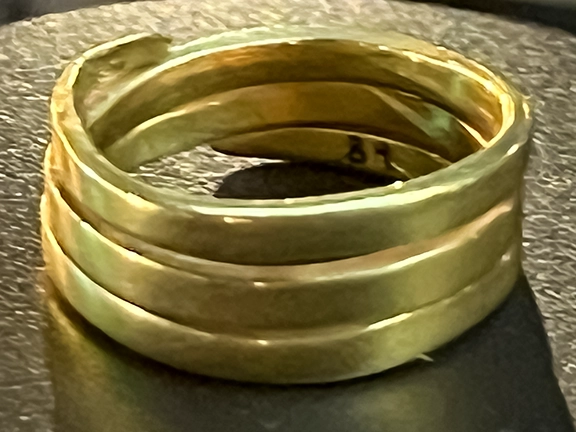 Bronze Age: A Golden Age for Jewellery
Bronze Age: A Golden Age for Jewellery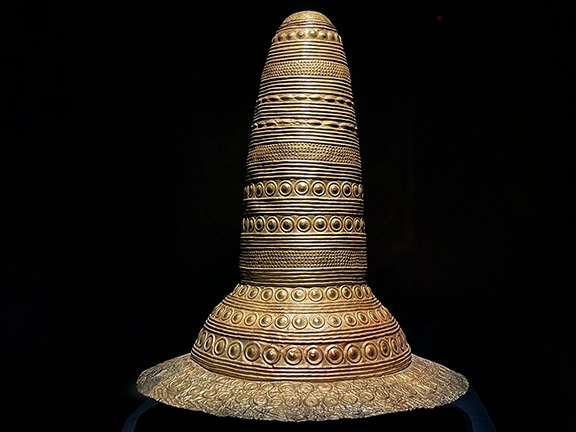 The Golden Hat of Schifferstadt
The Golden Hat of Schifferstadt